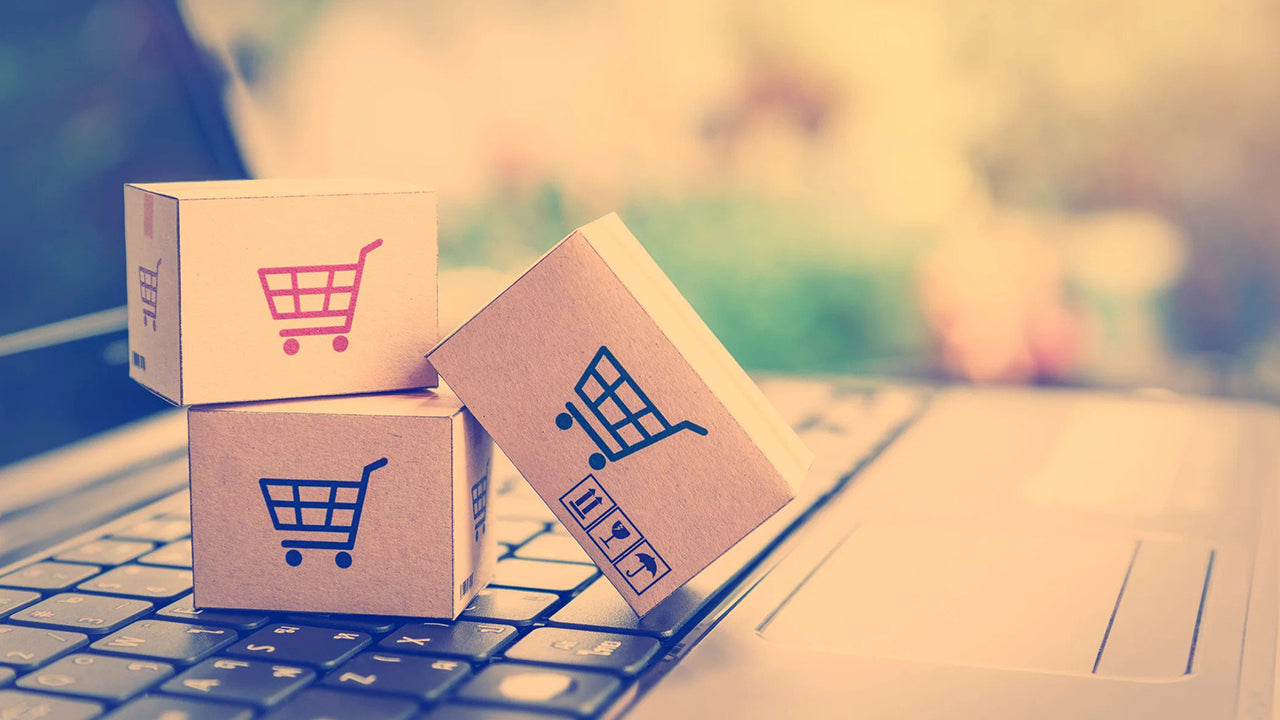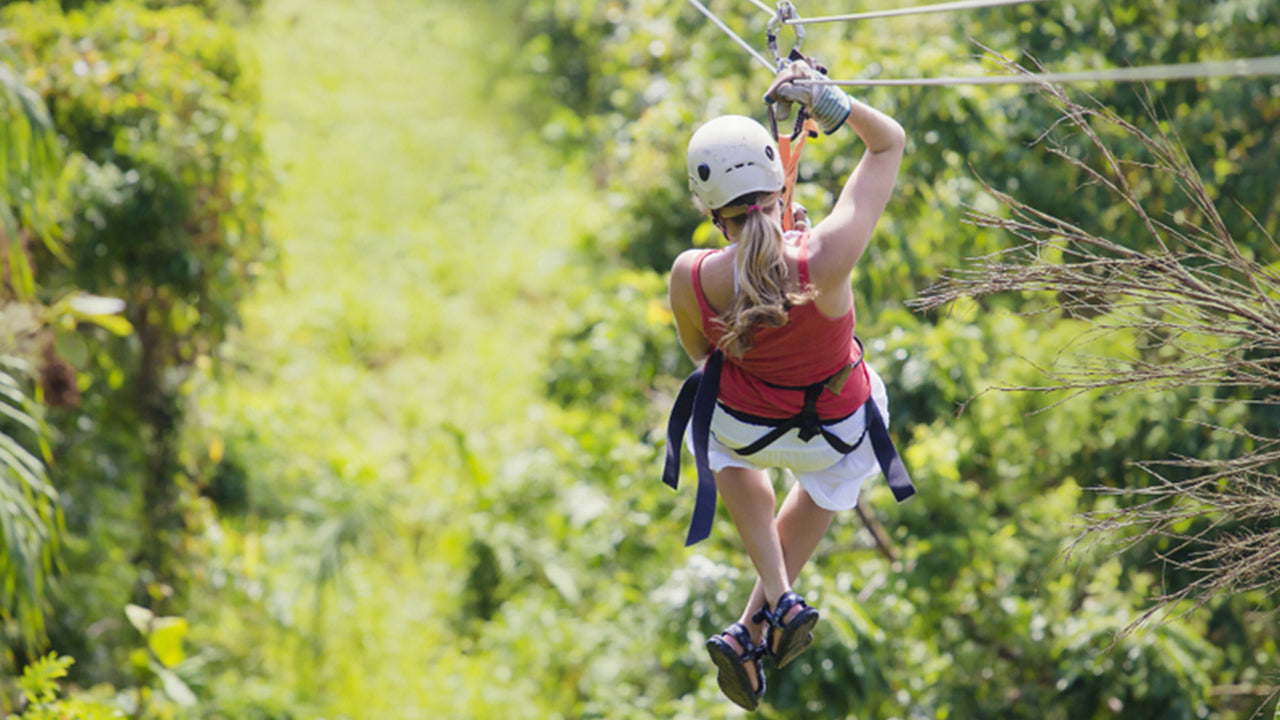The Central Point
Originally built in 1914, The Central Point is a beautiful old building behind the Dutch Hospital, run by the Central Bank. Located at No. 54 Chatham Street, Colombo 01; the perfectly restored structure lies close to the Fort Clock Tower and boasts an attractive colonnaded exterior. Quite unexpectedly, considering the archaic beauty of the place, the building houses an interesting Economic History Museum.
History
Central Point began it’s life in 1911 when it’s cornerstone was laid . It was then called the National Mutual Building. The construction was completed in 1914; and it’s first inhabitant was the Head office of a global insurance company, National Mutual Life Association of Australasia Limited. It was the tallest structure in Colombo at the time.
Following the era of National Mutual, several other business enterprises took over the ownership of this landmark of Colombo, so that it changed hands many times.
But then in 1996, Central Point was severely damaged from a bombing during the Civil War. It was then abandoned and for several years was mainly used by soldiers as a sort of makeshift barracks. In 2011, the building was acquired by Central Bank. They renovated the structure and, in 2013, declared it open as the Economic History Museum of Sri Lanka.
Architecture
Central Point is created with a Greco-Roman architectural style. The beautiful Corinthian columns of the colonnade at the entrance, circular glass dome, the tapering central atrium that lets light into the circular inner halls in all seven floors, the large stained glass and normal glass windows, the exquisite woodwork, pretty shiny tiles, and the giant chandelier all come together in to create a sense of dated luxury. The chandelier itself is said to be the largest in South Asia.
The architecture alone makes Central Point worth visiting.
The Museum
Throughout the millennia, Sri Lanka’s currency (along with that of the world) went through an evolution from the bartering system, to coins and epigraphs, to the currently mostly used paper money. As an attractive trade destination for several thousands of years due to the geographical significance of the island as a transit point for trade and an epicenter of the silk route connecting the Far East, Asia and Europe; the country’s economic legacy is as old as its long national history.
Sri Lanka’s currency usage can be broadly classified into the Anuradhapura Era, the Polonnaruwa Era, the Kotte Era, the Kandy Era and the Colonial Eras. Various coin systems with strange names; such as kahawanu, cetu, panam, gini massa, angutu massa, thuttu, pagodi, rupee, and cent; were used from ancient days to the present. Some even had the strangest of shapes, with hooks and holes. But, what is common to all of them is that they all tell a most interesting story.
In the museum, you will be able to find the many different currency exhibits dating back to the 3rd century BC. This is also the only place on the island where you can see the rare Kayman’s Gate copper coin, minted by the Dutch. In addition to these, there are also ancient coin mints and bank note printers to view. There are some sections where you can use a magnifying glass to see the detailing, and a place where you can study the designs more closely a microscope and discover security marks by using UV light. One of the most interesting displays is that of a cow and fish with a conversational piece showing the impracticality of the barter system and why it was changed. There are exhibits on the coin systems used by Commonwealth countries in the upper floors, while several beautiful paintings by a number of renowned painters are displayed along the walls.
There is also a 3D TV, where visitors can watch a movie on how money came into existence. The museum also offers a cafe just outside where snacks and coffee is served. Those who are interested can also purchase a number of coins and the well researched museum publication called ‘From Purana to the Rupee’ (priced at Rs 800) at the sales counter here. The entrance, however, is completely free and there are also several leaflets that you can have a look at. Being in close proximity to a number of other historic attractions, the Economic History Museum in Central Point is definite must-see.
Times to Visit:
(Except for public and bank holidays)
(Except for public and bank holidays)




